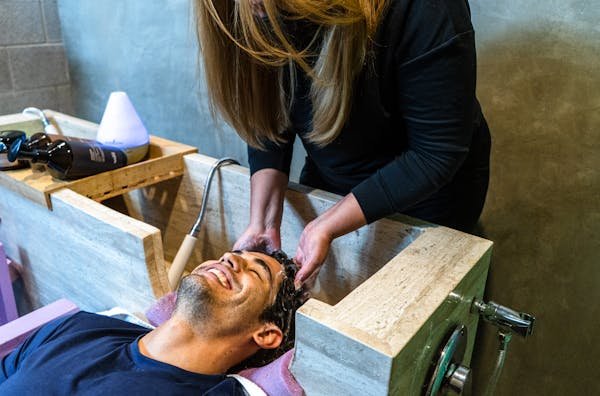Washing Line Pole

Introduction
A washing line pole is an essential tool for anyone who prefers to air-dry their clothes. Extending a washing line pole can increase drying space and improve efficiency. This guide will take you through the entire process, from understanding the benefits to practical steps and tips for extending your washing line pole effectively.
Benefits of Extending a Washing Line Pole
- Increased Drying Space: More room for clothes, reducing the need for multiple loads.
- Improved Air Circulation: Better airflow leads to faster drying times.
- Cost-Efficiency: Reduces reliance on electric dryers, saving on energy bills.
- Eco-Friendly: Air drying is better for the environment compared to using electric dryers.
Types of Washing Line Poles
- Traditional Wooden Poles: Classic, sturdy, and natural-looking.
- Metal Poles: Durable and often weather-resistant.
- Retractable Poles: Convenient for space-saving.
- Telescopic Poles: Adjustable height, easy to extend.
Tools and Materials Needed
- Extension pole kit
- Measuring tape
- Screws and bolts
- Drill
- Level
- Safety gear (gloves, safety glasses)
Step-by-Step Guide to Extending a Washing Line Pole

Step 1: Assessing the Current Setup
- Measuring the Existing Pole: Use a measuring tape to determine the height and diameter.
- Checking the Ground: Ensure the base is stable and can support additional height.
- Assessing Load Capacity: Confirm that the existing pole can handle the extra weight.
Step 2: Choosing the Right Extension Pole
- Material Compatibility: Ensure the extension pole is made from the same material as the existing pole.
- Height Requirements: Decide how much height you need to add.
- Weight Considerations: Ensure the extension is lightweight but sturdy.
Step 3: Preparing the Pole for Extension
- Cleaning the Pole: Remove any dirt or rust from the existing pole.
- Drilling Holes: Mark and drill holes for bolts or screws.
- Safety Precautions: Wear safety gear to protect yourself during the drilling process.
Step 4: Attaching the Extension Pole
- Aligning the Poles: Ensure the extension is perfectly aligned with the existing pole.
- Securing with Screws/Bolts: Use a drill to secure the extension firmly.
- Checking for Stability: Use a level to ensure the pole is straight and stable.
Step 5: Testing the Extended Pole
- Load Testing: Hang some clothes to test the stability.
- Adjustments: Make any necessary adjustments to ensure the pole is secure.
Maintenance Tips for an Extended Washing Line Pole
- Regular Inspections: Check for wear and tear periodically.
- Cleaning: Keep the pole clean to prevent rust and dirt build-up.
- Tightening Screws/Bolts: Ensure all fittings are secure over time.
Common Problems and Solutions

- Pole Leaning: Reinforce the base or check the ground stability.
- Rusting: Use a rust-proof paint or coating.
- Wobbling: Tighten all screws and check the alignment.
Safety Precautions
- Proper Use of Tools: Always use tools as per the manufacturer’s instructions.
- Weight Limits: Do not exceed the recommended weight capacity for the pole.
